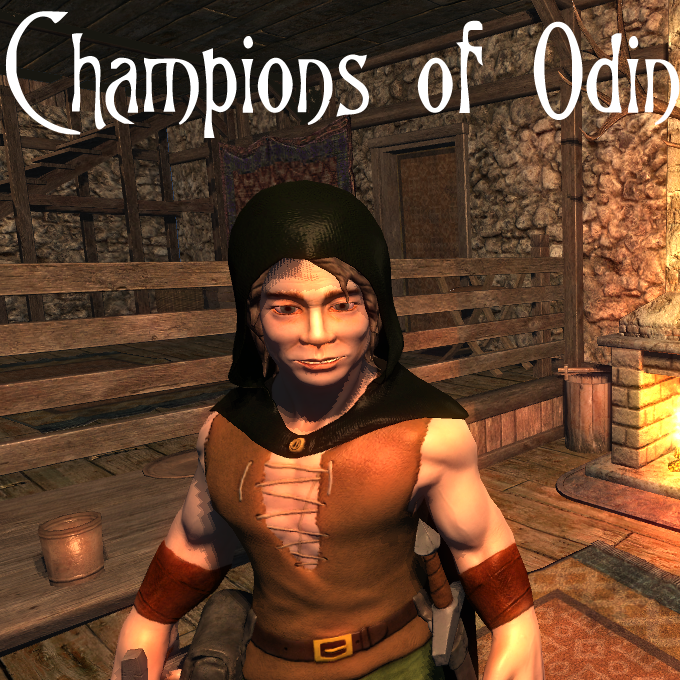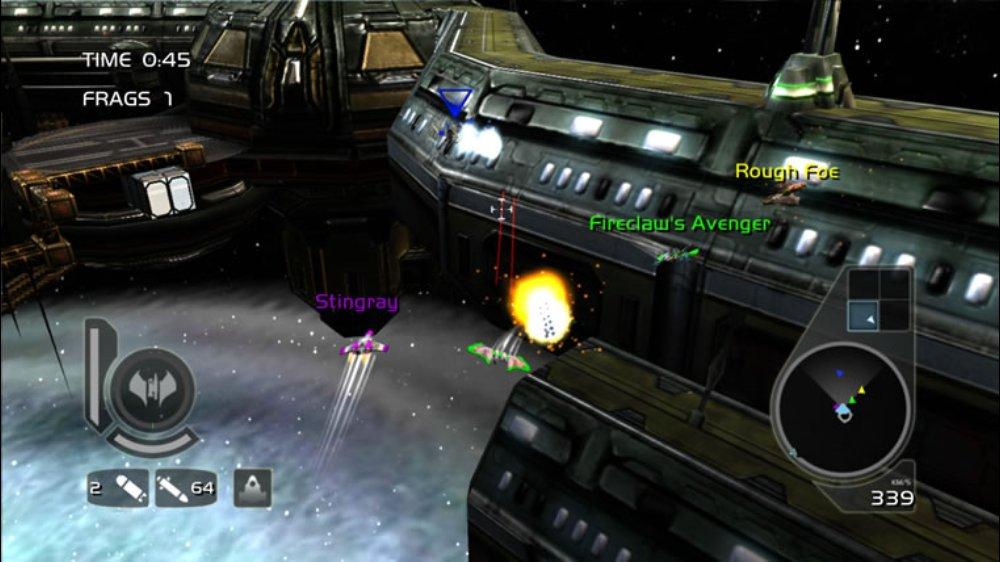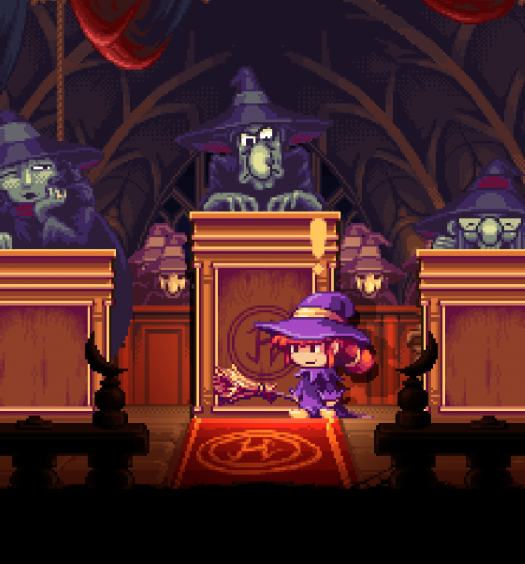Having read some of the Steam Greenlight comments about Champions of Odin, I was perhaps a little skeptical about what I was getting myself into by playing the demo and interviewing its creator. The Steam community is notoriously hard to please, and what’s more, PC gamers in general have access to a huge range of fantasy RPGs that we just don’t see on the Xbox One, so I was determined to give the game a chance. I’m glad I did.
I spent around an hour playing through an early version of Champions of Odin, and although the demo version I played is very limited, it did demonstrate enough potential for me to feel a certain sense of optimism about the finished product. With my playthrough fresh in mind, I took the chance to ask lead developer Raffaele Mele a few questions about his game.
At first, we discussed the obvious inspirations for Champions of Odin, with Mele describing both his love for Norse mythology and for similar games that had inspired him. “Champions of Odin is thematically based around Norse Mythology,” he said. “I really love first-person games — I think they are the most immersive. I have always been really inspired by Skyrim, Oblivion and Morrowind, which I think is obvious. I started to branch out and play games like Dark Souls and Diablo 3 and really liked how they are very focused on combat. I want Champions of Odin to inherit a lot of the great qualities that these games have, but create a totally different experience at the same time by including features such as split-screen, local co-op for people to play together — it will be awesome!”
With the carrot of local multiplayer dangled in front of me, I wanted to know more about how that would play out. “Old school couch co-op, like the Goldeneye days” was Mele’s response, leaving me even more intrigued.
I couldn’t help but wonder if there were other influences going on in Champions of Odin either, especially following the Goldeneye reference, so I asked if Mele was a fan of classic first-person RPGs like Eye of the Beholder or perhaps more modern efforts like Dark Messiah of Might and Magic. The short answer was no, he had not even played those games. The long answer was that “Champions of Odin is going to be very combat/action-oriented. I really want to focus on great gameplay and not have players doing the same old fantasy quests that you have played in every other RPG already. With that being said, there is a storyline, and this is not an arcade game or anything like that.”
So what will the story be like, then? Out of fear of spoiling the game, Mele didn’t want to get into specifics, but he’s “excited” for players to experience it on their own. “It also depends very heavily on a game mechanic that is still being prototyped, and because the game is so early in development I can’t explain that in detail just yet,” he added. “I will say, however, that it is a storyline that is influenced by a relationship/event that happened to me personally, and I think it will be really cool in a fantasy setting.”
The demo I played featured only one environment, and it was based around a kind of desert ruin. Curious about the game’s larger structure, I asked and what other settings we could expect. “This is an area of design that I have been having a lot of fun with. There will be an awesome variety of environments,” promised Mele. “There will be all of the locales fantasy fans are craving, including my favorite, a giant enchanted forest.”
The images accompanying this article seem to add credence to the idea that Mele is crafting what appears to be a pretty diverse game world, and I’m looking forward to exploring it. When it comes to structure, Mele had this to say: “Right now the game has what I am calling a linear, open world structure. The game will play in a linear fashion, but most of the environments are going to be large and open, so I don’t want to describe them as levels.”
The game’s titular champions were our next topic of conversation, as the demo features only one character. Characterisation and classes are clearly important to Mele. “Right now there are three classes that I have prototyped,” he said. “Freya, who is a ranged mage. Vidar, who is a melee character and Yggdrasil, who is a druid-inspired beastlord.” Mele went on to say that there may be more characters in the final version, but I’m looking forward to seeing how the Druid, typically known for a mix of support and pet-based combat will play, especially in a game that is being positioned as having a co-operative focus.
We also discussed how characters would progress, and it’s clear that Mele intends to inject plenty of depth into Champions of Odin, with plenty to work towards; however, he was still keen to point out what he feels will make this game different. “I have always disliked that you get your best powers/abilities towards the end of the game, and spend the least time with them. You can expect to get your champion’s full arsenal earlier than in most games.”
To round things off, we chatted a little bit about the kinds of abilities that champions will benefit from. “Freya, who is the mage that you played as, is strictly an elemental character. She blasts fireballs and ice walls all over the place. Vidar, who is a melee/fighter character, will not have many elemental abilities. With that being said, enemies will have all kinds of powers to throw your way.”
After chatting with Mele about the game and having spent a bit of time playing it, I’m reasonably confident that Champions of Odin is going to be a labour of love that just might be worth investing some time in. Though there is currently no firm release date scheduled, I’ll certainly be watching for progress over the next few months.


![Automate [1974]](https://xblafans.com/wp-content/uploads/2015/10/Automate-1974-620x375.jpg)
![Cerberus3 [1972]](https://xblafans.com/wp-content/uploads/2015/10/Cerberus3-1972-620x347.png)
![IceAtronach [1969]](https://xblafans.com/wp-content/uploads/2015/10/IceAtronach-1969-620x456.png)
![Lacodon [1968]](https://xblafans.com/wp-content/uploads/2015/10/Lacodon-1968-620x383.jpg)

